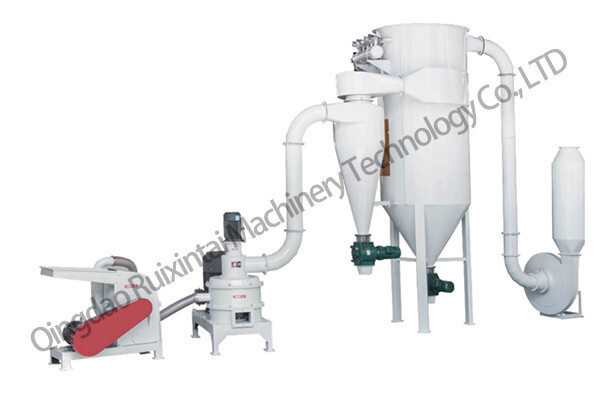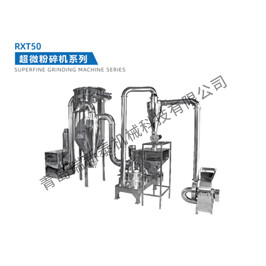Due to the requirements of Qingdao's traditional Chinese medicine pulverizer, the pulverization process must be carried out at low temperatures to achieve the desired fineness and prevent significant temperature increases. This avoids the material regaining its toughness due to rising temperatures, which would make pulverization difficult to complete. Therefore, in addition to the pulverizer itself being made entirely of low-temperature materials, the pulverizer must also be placed in a low-temperature environment. Compared to general ambient temperature pulverizers, low-temperature pulverizers have the following structural characteristics:
1. Non-polluting: The temperature inside the pulverizing chamber of this type of equipment is generally below zero, creating a pollution-free state.
2. Energy Efficiency: The low-temperature pulverizer system forms a closed-loop cycle for the cold source during the pulverization process, making full use of energy and saving power consumption.
3. Wide Applicability: Regardless of the material type, composition, or properties, this type of pulverizer can meet pharmaceutical processing requirements.
4. Fineness: The pulverization fineness can reach 10-700 mesh, or even micron-level fineness.

The particle size distribution of ultrafine pulverization is narrow, which strictly limits large particles while avoiding over-pulverization, generally achieving a size below 10 micrometers. Due to the small particle size of the powder obtained from ultrafine pulverization and the uniform mixing achieved under high shear forces, the pulverization effect and quality of ultrafine pulverization surpass pure mechanical pulverization. Ultrafine powder tends to be "spherical," uniform, and fine, with greatly increased surface area and porosity, resulting in remarkable changes in optical, electrical, magnetic, thermal properties, solubility, adsorption, and affinity. Therefore, when made into tablets, it can improve the uniformity and disintegration of the tablet surface; when made into suspension-type liquid preparations, it can increase the stability of the liquid preparation. Additionally, in clinical oral administration, drugs that have undergone ultrafine pulverization have a better taste.
Related Suggestion
Online Message
CONTACT US
Please use the form below to get in touch.
If you need a reply we will get in touch as soon as possible.



